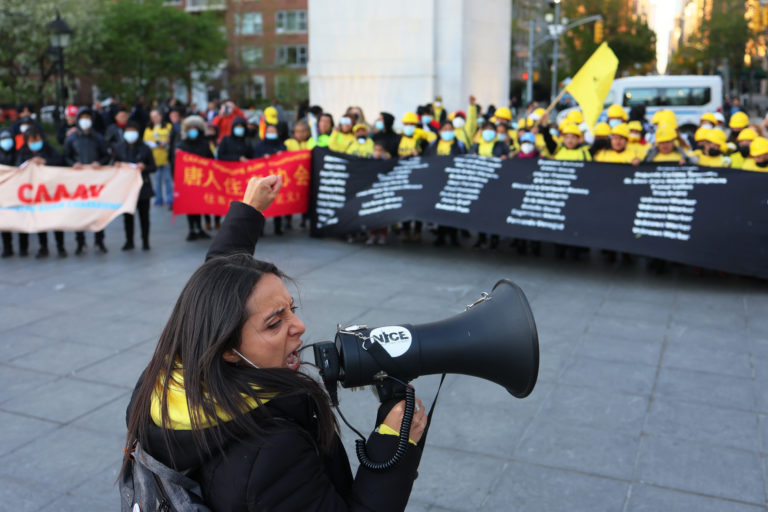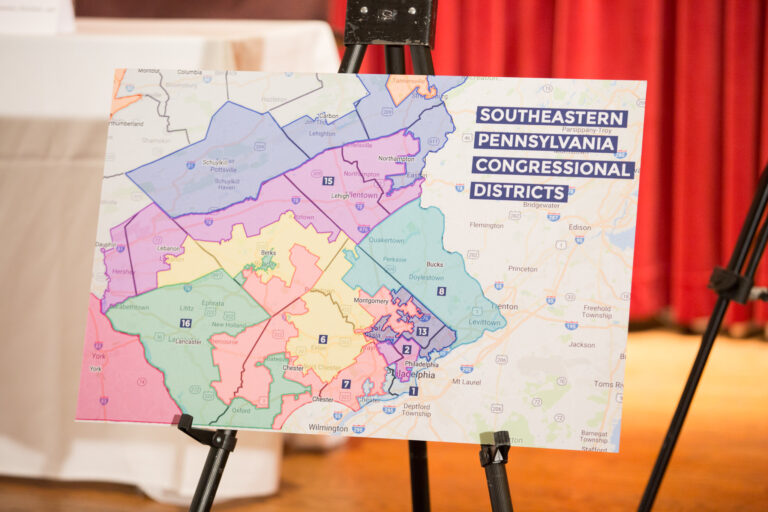
Alexandra Butler is a student at Harvard Law School.
As the number of COVID-19 cases continues to rise, the holiday season threatens to increase essential workers’ risk of exposure. In the days leading up to Thanksgiving, worker advocates responded to this heightened risk with renewed calls for employee hazard pay, a practice that several companies implemented and then quickly abandoned only a few months into the pandemic. While many of these companies have highlighted the steps that they have taken to protect their employees, the Brookings Institution has underscored that they can in fact do more. In its recent study focused on 13 large companies, Brookings found that despite an average 39% increase in profits from last year, average worker wages at these companies have only increased by 10%.
As the pandemic worsens, the Walt Disney Company indicated on Thursday that by March 2021, 32,000 of its employees will be laid off. In contrast, Amazon has managed to increase its workforce by record numbers. Between January and October, the company hired 427,300 employees. This payroll expansion can be attributed to both the company’s collaboration with other businesses, as well as its automated hiring platform. As the New York Times highlights, these discrepancies in company hiring indicate that “[t]his period has been partly about a recession but also about a pretty dramatic shift of economic activity from some sectors to others.” Amazon’s contribution to the job market, however, is only one part of the story, specifically in light of criticisms that the company mishandled its initial response to the pandemic.
Fiscal year 2020 marked the first time during the Trump Administration that the Occupational Safety and Health Administration (OSHA) increased the number of inspectors on its payroll. The increase, however, was small. OSHA hired only an additional 38 compliance and safety officers, bringing its total to 790. Starting with a series of congressional budgets cuts in 2014, there has been a steady decrease in the number of OSHA inspectors, a troubling fact for unions and worker advocates who argue that “more inspectors are needed . . . ‘to address the widespread safety and health hazards workers face every day.’” The pandemic seems to only have exacerbated the limitations of OSHA’s size. This year, the number of inspections that the agency conducted decreased by 35%, though the complaints filed have now expanded to include COVID-19 related violations.
This week, DoorDash settled a 2019 lawsuit that challenged the company’s tipping model as deceptive under the Consumer Protections Procedures Act. Filed by the DC Attorney General Karl Racine, the original complaint alleged that the company used customer tips to cover worker base pay, rather than to actually tip workers. The terms require that covered DoorDash drivers receive $1.5 million out of the $2.5 million settlement. In addition, DoorDash has pledged to “ensure[] that the entirety of consumer tips are distributed to workers,” as well as to ensure that workers and customers have access to information about the company payment system.






Daily News & Commentary
Start your day with our roundup of the latest labor developments. See all
December 19
Labor law professors file an amici curiae and the NLRB regains quorum.
December 18
New Jersey adopts disparate impact rules; Teamsters oppose railroad merger; court pauses more shutdown layoffs.
December 17
The TSA suspends a labor union representing 47,000 officers for a second time; the Trump administration seeks to recruit over 1,000 artificial intelligence experts to the federal workforce; and the New York Times reports on the tumultuous changes that U.S. labor relations has seen over the past year.
December 16
Second Circuit affirms dismissal of former collegiate athletes’ antitrust suit; UPS will invest $120 million in truck-unloading robots; Sharon Block argues there are reasons for optimism about labor’s future.
December 15
Advocating a private right of action for the NLRA, 11th Circuit criticizes McDonnell Douglas, Congress considers amending WARN Act.
December 12
OH vetoes bill weakening child labor protections; UT repeals public-sector bargaining ban; SCOTUS takes up case on post-arbitration award jurisdiction